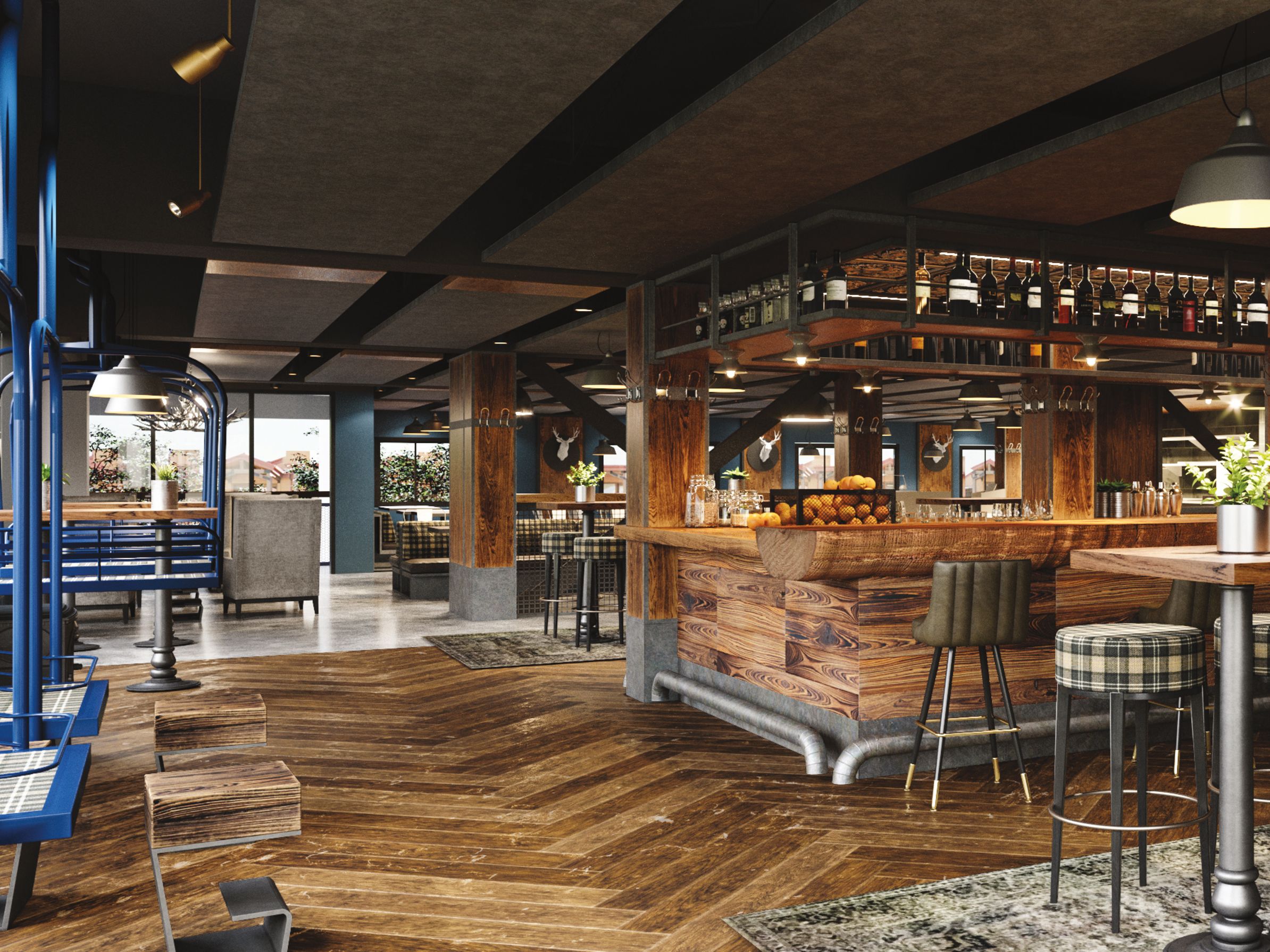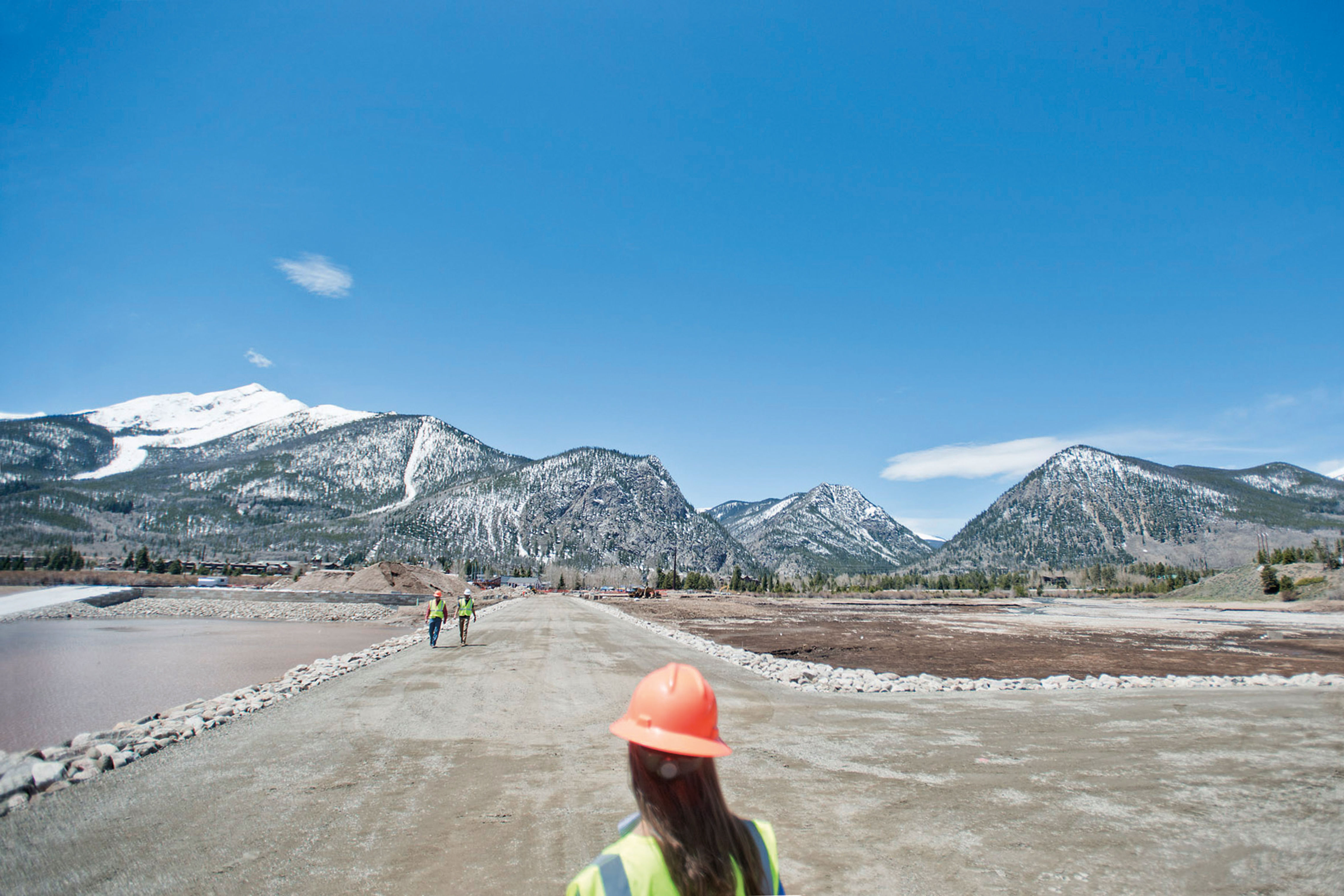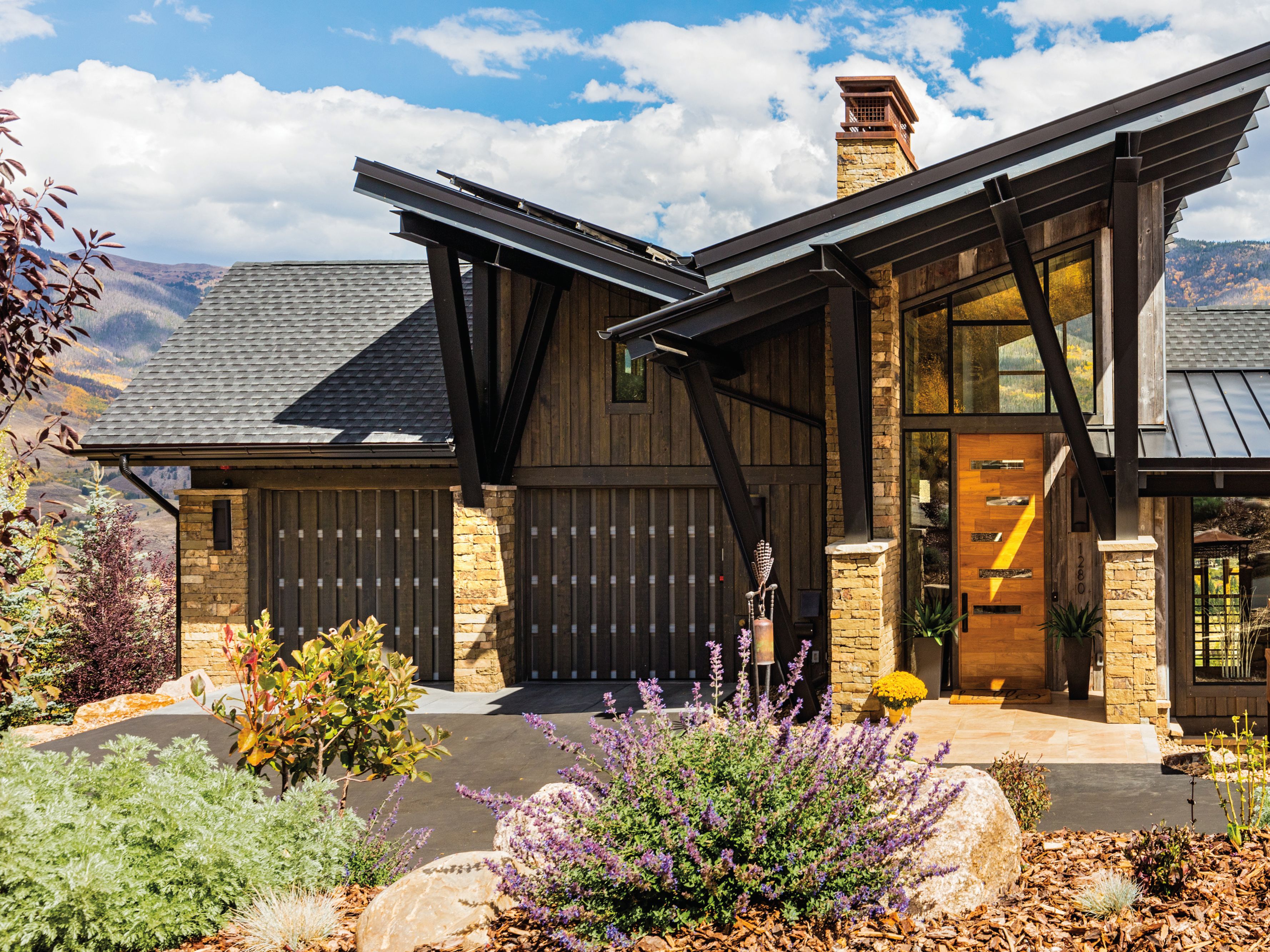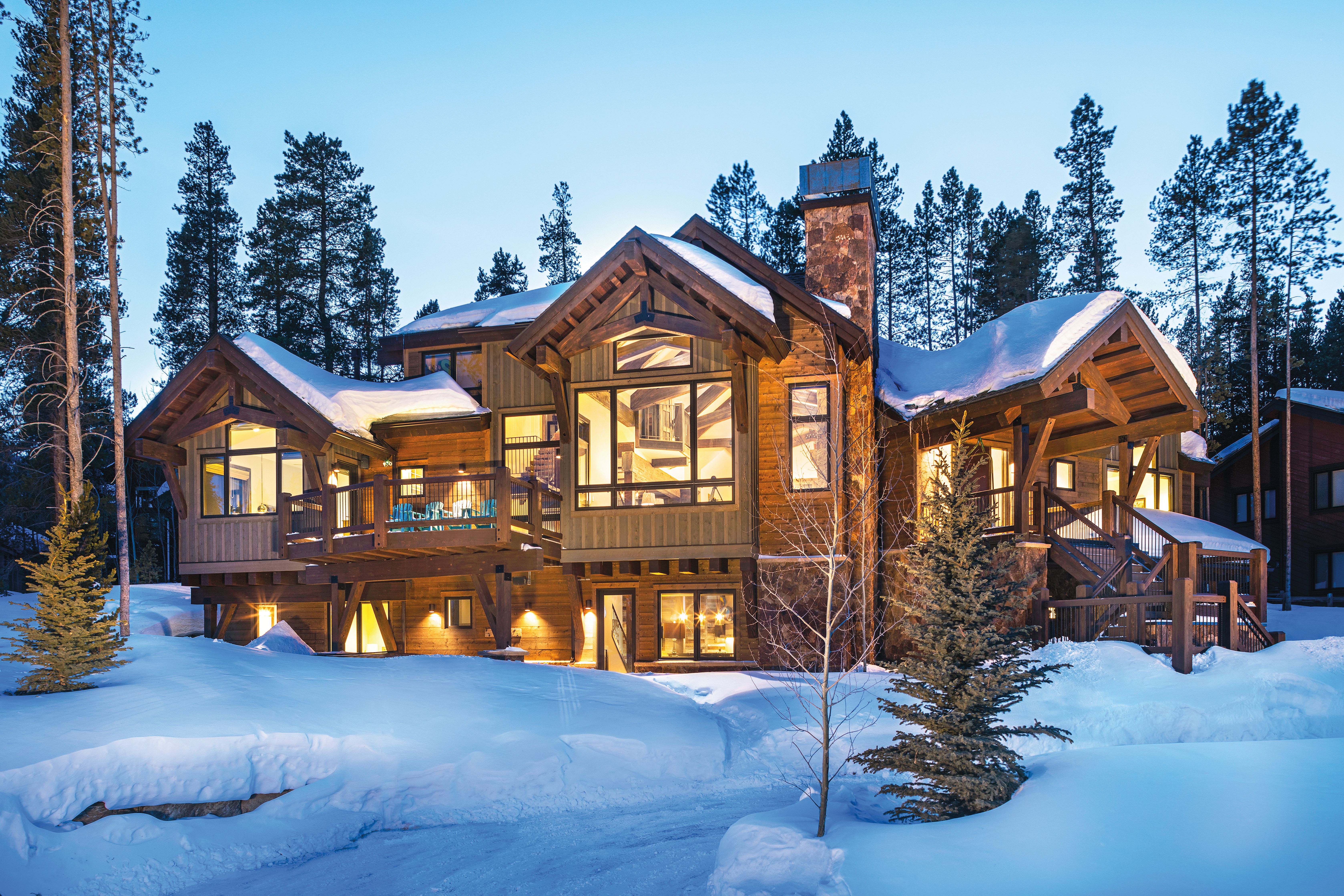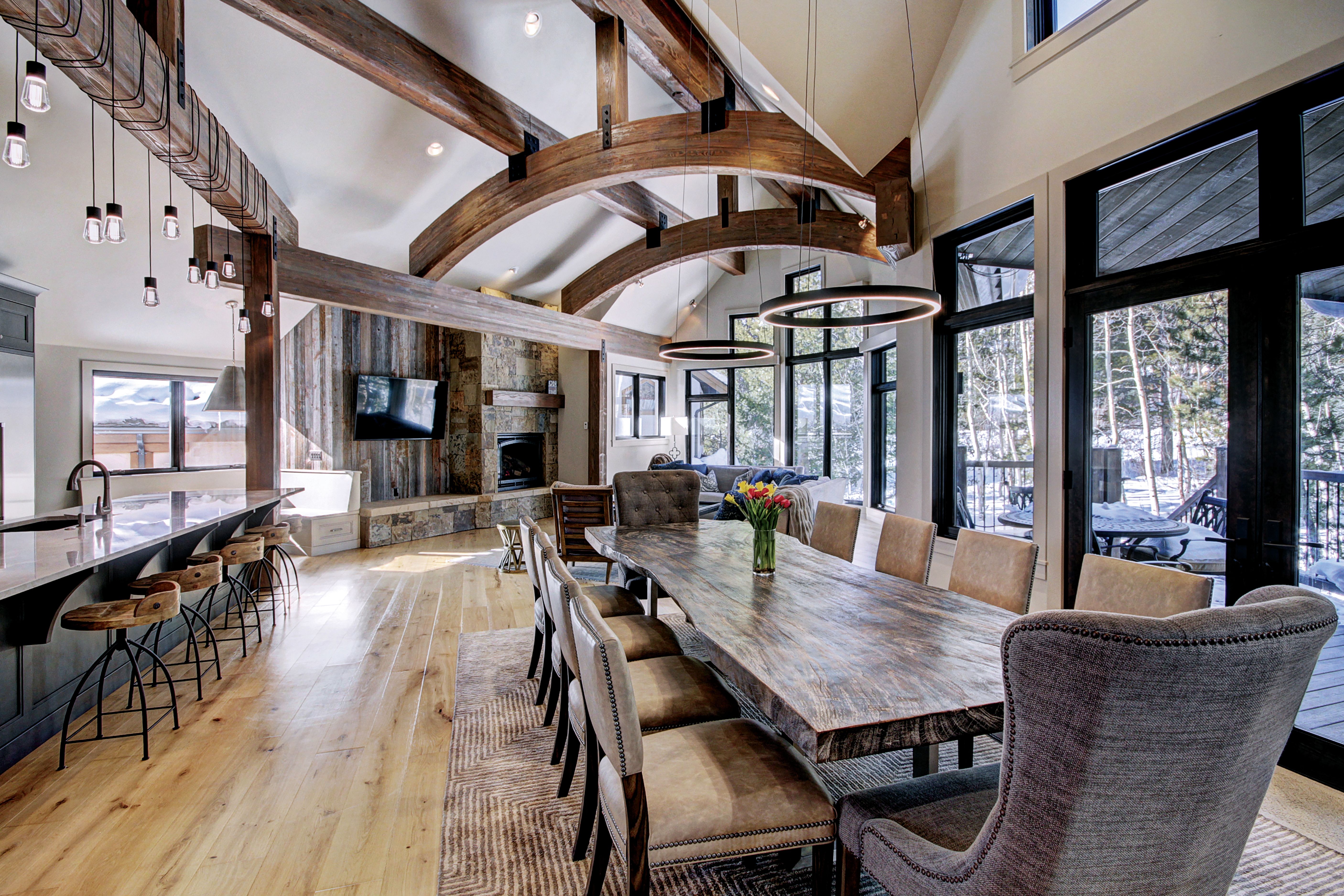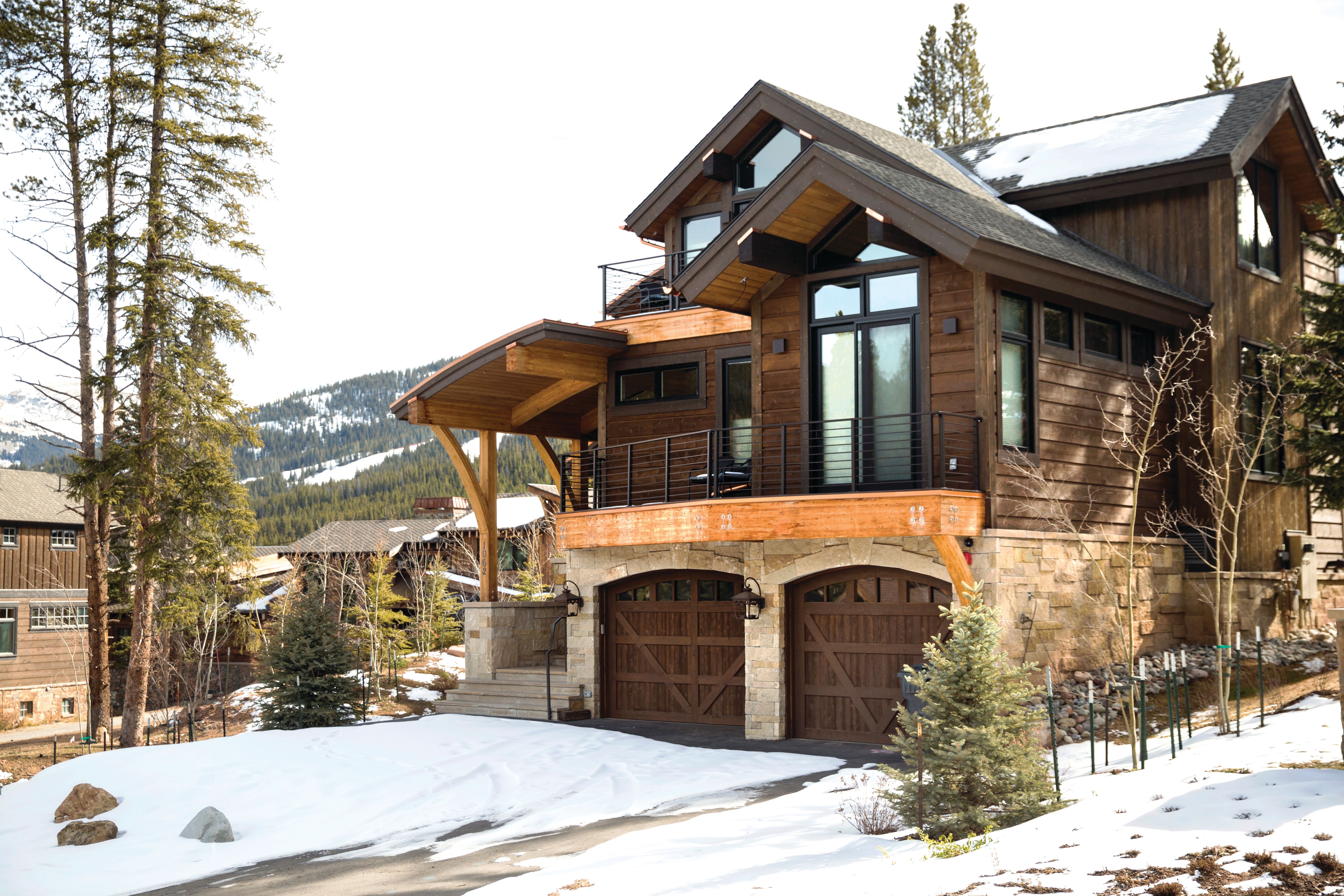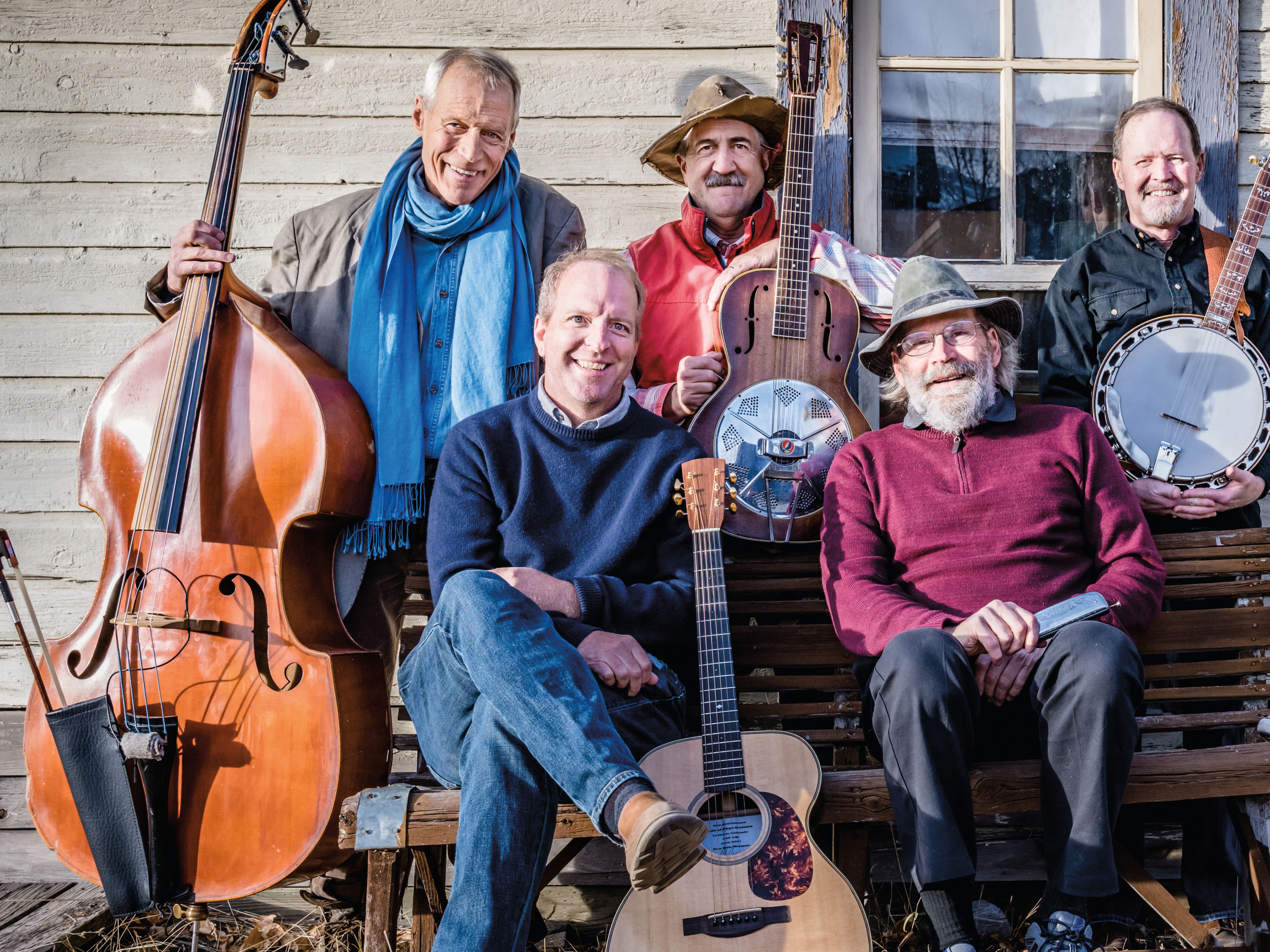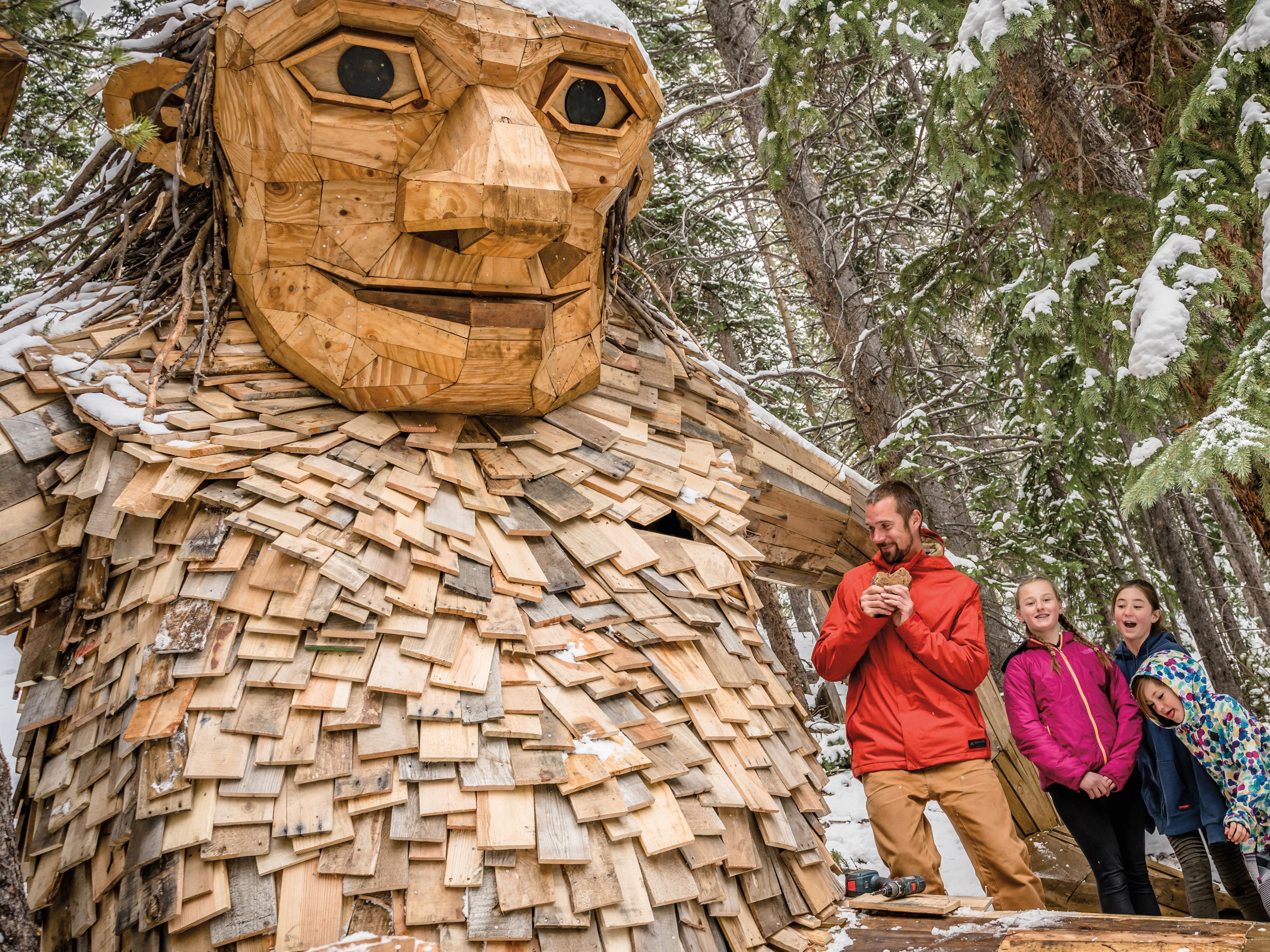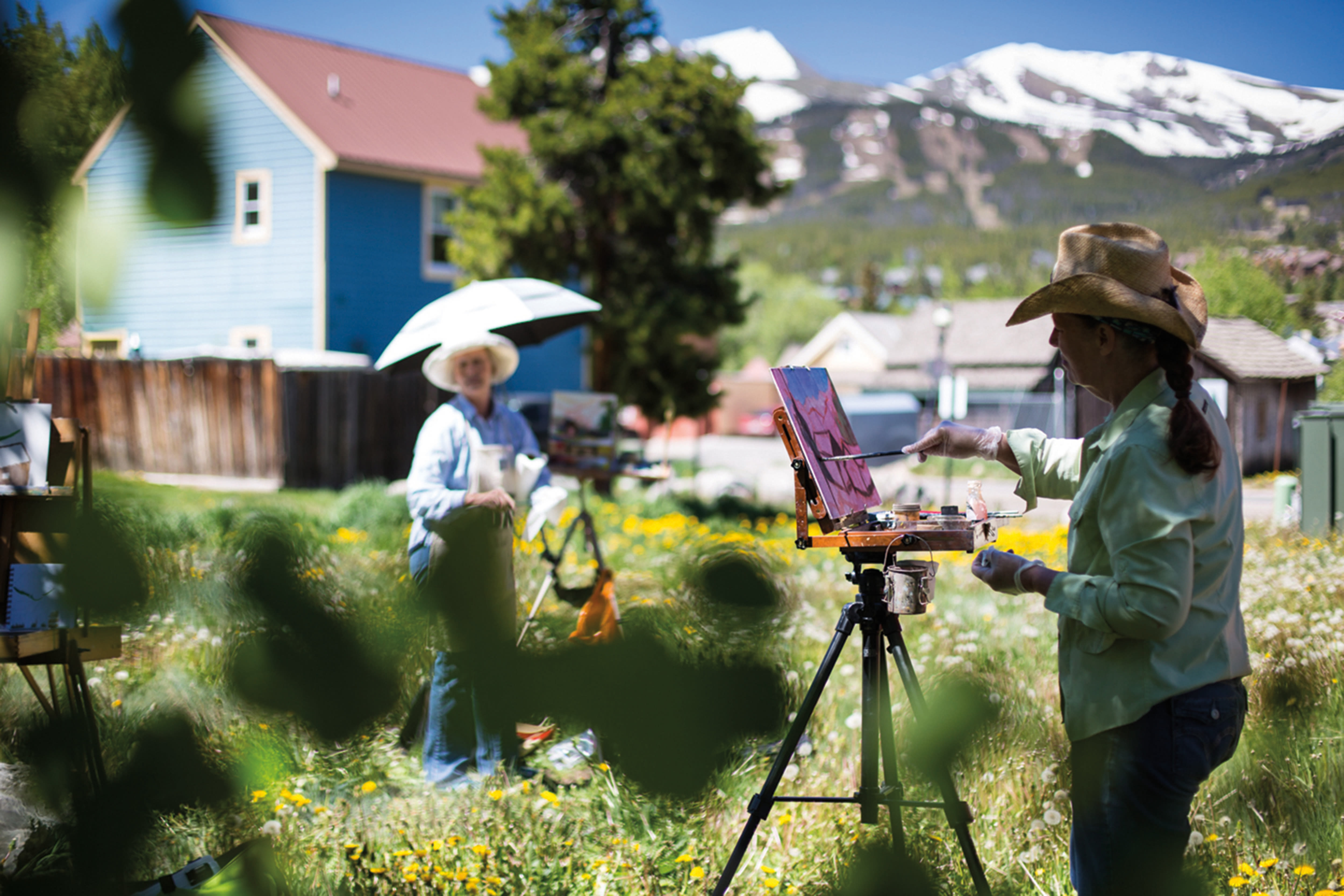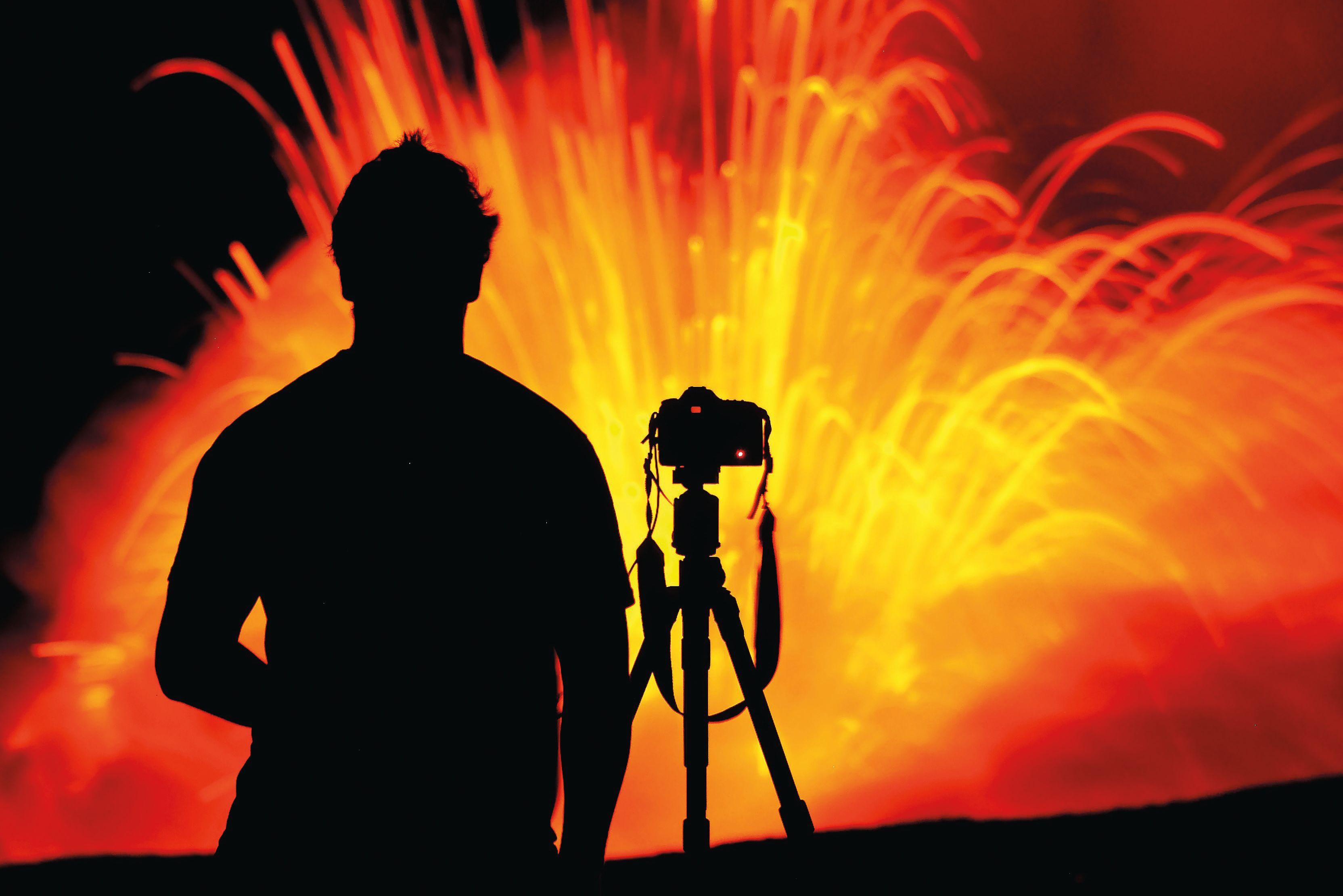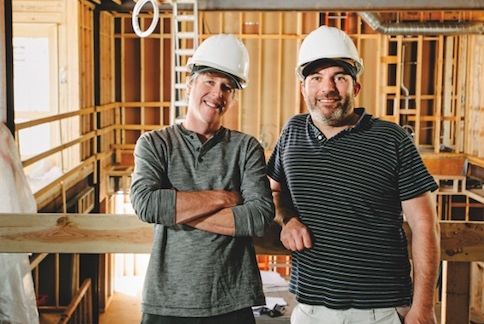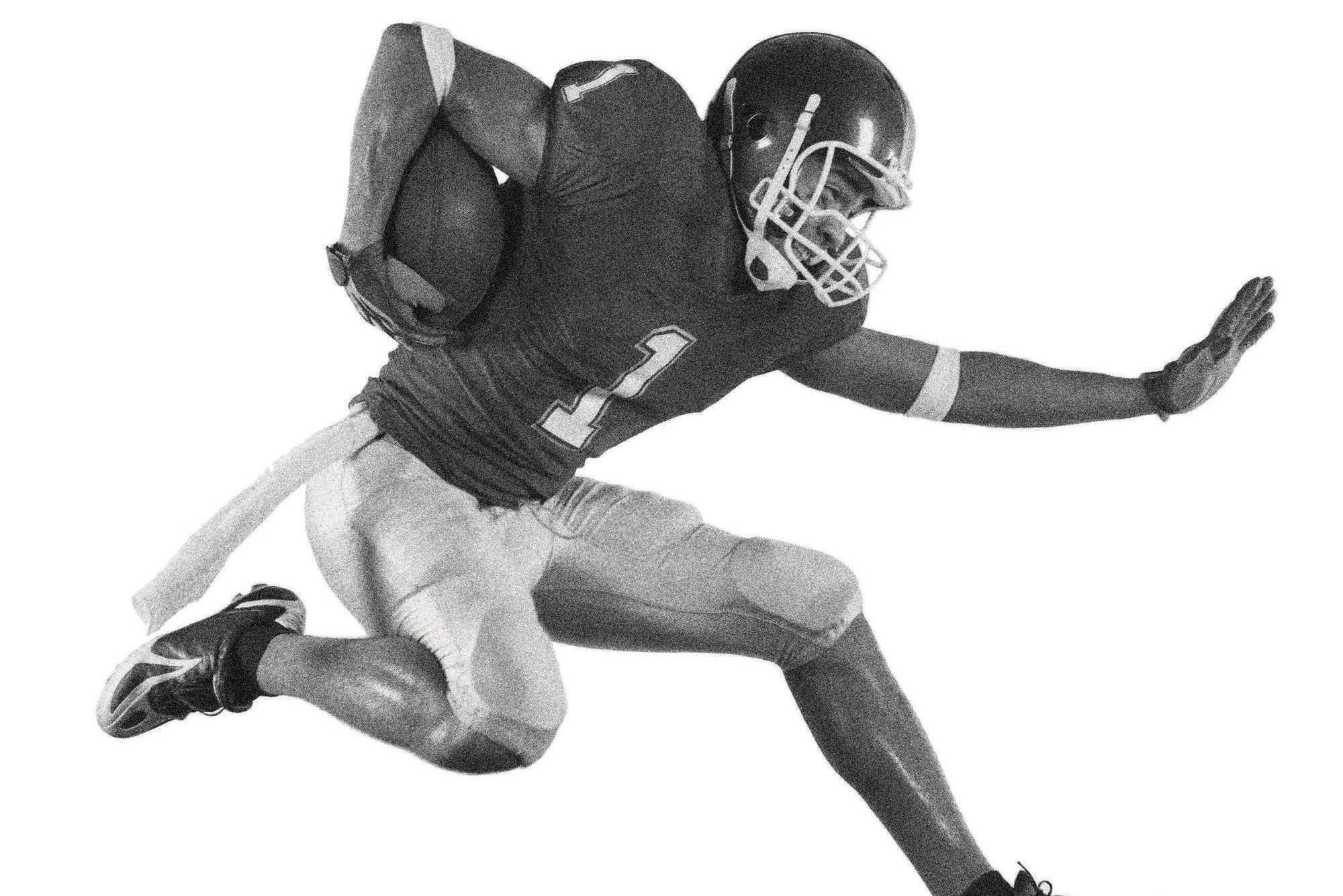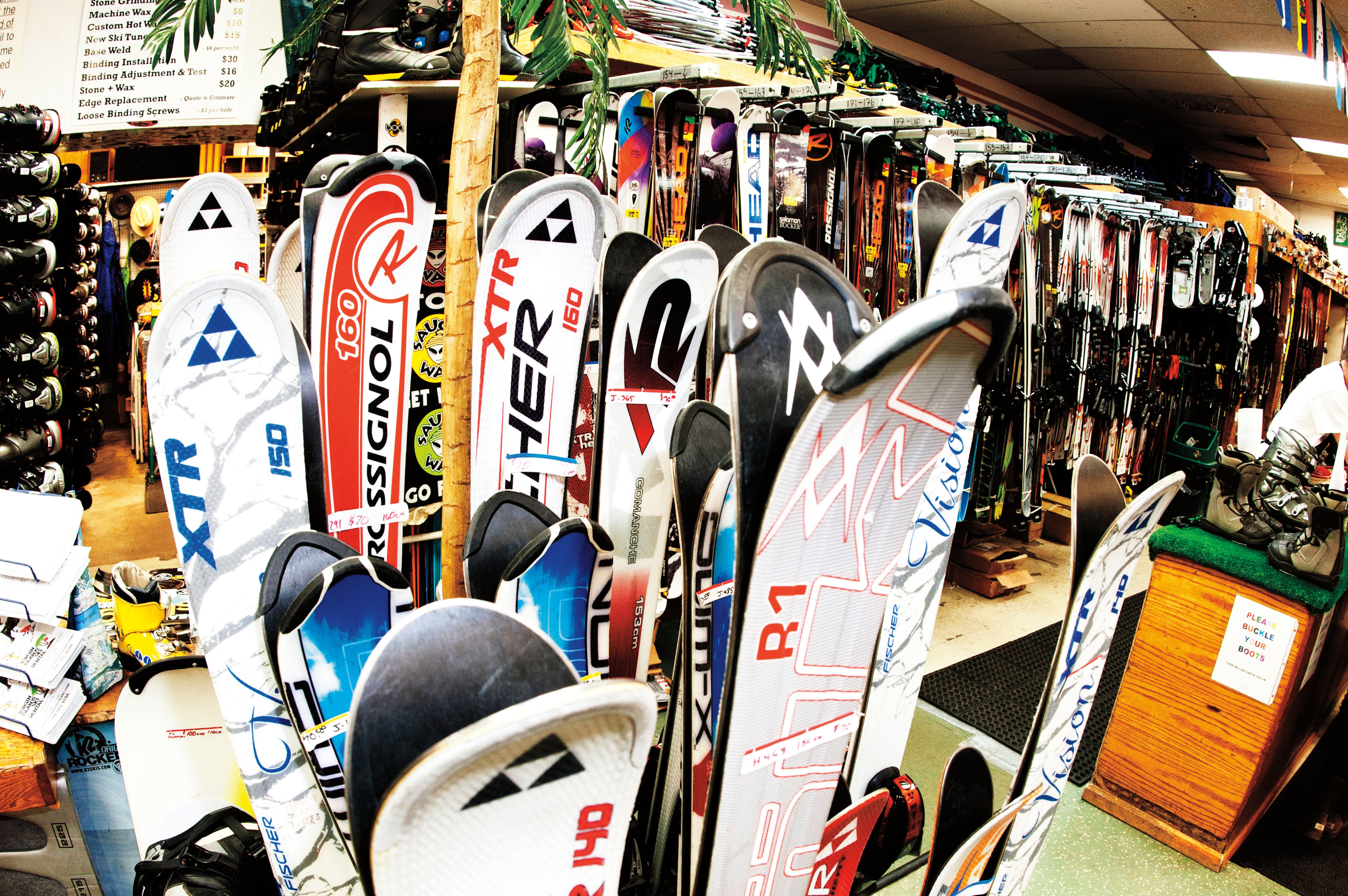
Ski Shop Pioneers
The Boys of Winter
Outside, the Virgin Islands ski shop may not seem like much. It’s what’s inside that counts—and has made local history.
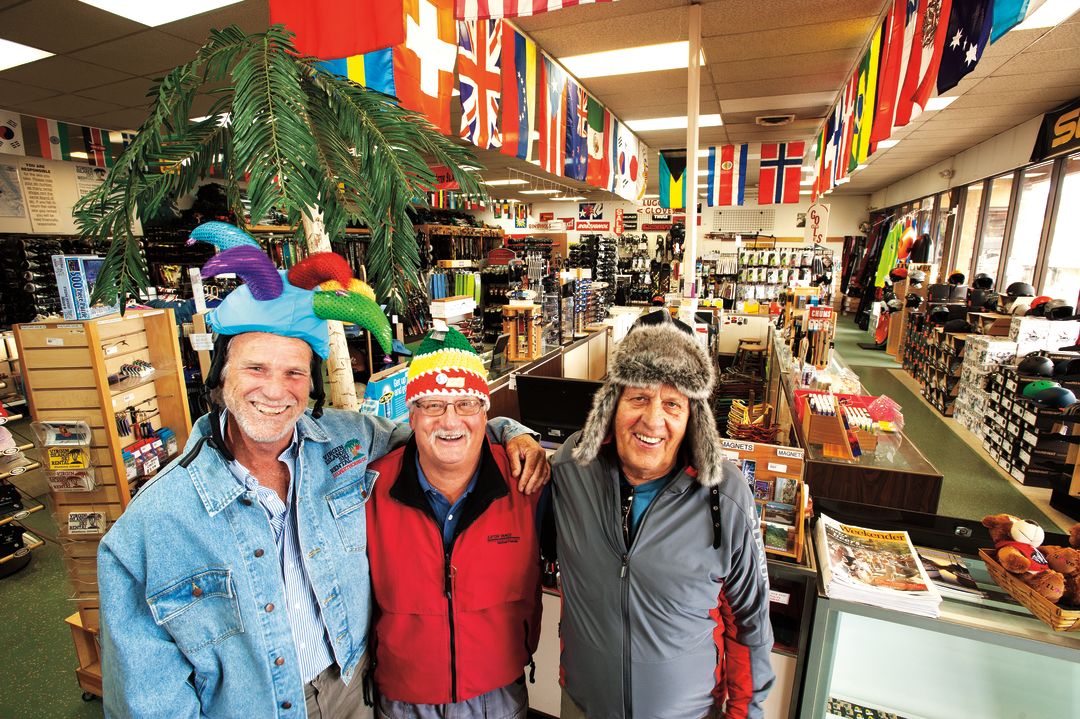
Like all good ski stories, this one starts in a bar at the base of a mountain, and the main characters have only nicknames.
In the winter of 1975–76, two friends known as Yogi and Saint held the lease on a watering hole called the Last Lift at Keystone, and Eli, a 25-year-old East Coaster who’d just moved to town, happened to be their best customer. One day Eli asked if he could bartend a few shifts a week. Not for money, mind you—for free. Yogi and Saint appreciated this guy’s work ethic immediately.
By the end of that ski season they’d all become friends, and Yogi and Saint asked Eli to join them in a business venture. A new shopping plaza was going up next to the interstate in Silverthorne; they wanted to open a ski shop. As Eli explains his decision to join them, “The idea of having a job seemed good at the time. The idea of being the boss seemed better.”
When it came time to name their shop, they considered the obvious options. Yogi, an Olympic downhiller who once won $1,000 at a race and immediately flew to the Virgin Islands to spend his check, broached the idea of a tropical theme. “Everything else was ‘Colorado Rocky Mountain High something,’” he recalls. “So we thought it would stand out.” “And/or we were drunk, and we don’t remember the real reason,” Eli clarifies, sending both men into howling laughter.
It’s been nearly four decades since Virgin Islands Ski Rentals was born in 1976, palm-tree logo and all. Now, Yogi and Eli are doing one of their favorite things: they’re telling stories about the shop in their closet of an upstairs office. Saint was supposed to be here, too, but it worked out fine that he’s not, seeing as how there’s barely room for the three founders to squeeze inside, much less a guest. Ski-racing trophies, five pairs of retired skis, broken rear-entry boots, World Cup race bibs (Yogi’s DNFs), oversize filing cabinets, an early ’90s computer, and a vintage refrigerator make the room seem more like a museum attic than a work space.
The overall vibe downstairs is authentic, if not iconic. Though its strip-mall location (next to a sandwich shop) and the surrounding sea of asphalt might suggest differently, the skiing heritage behind the VI’s double glass doors rivals that of the Colorado Ski & Snowboard Museum in Vail; one could argue that those very doors merit inclusion in the CSSM’s collection. Because through them once walked ski-racing legends Jean-Claude Killy, Billy Kidd, and Bob Beattie, who used to hang out here; Hollywood stars Natalie Wood, Courteney Cox, and Robert Wagner; as well as World Series champ Whitey Herzog and Roger Maris’s family, who all rented their skis here. Two-time US extreme skiing champion Rex Wehrman got his core shots fixed on the bench behind the counter, as did many of the so-called speed skiers who exceeded 100 m.p.h. at A-Basin in the ’80s.
Perhaps most impressively, in a county where a majority of ski shops are now owned by the corporate resorts, the VI is one of the few to survive as an independent, along with mom-and-pop holdouts (and standouts) like Lone Star, Pup’s Glide Shop, and AMR. Credit their original business model—tune every pair of rental skis daily, build a market of primarily return customers, treat your staff like family—as well as “the Boys” themselves.
From the outset, each partner served a distinct role. Yogi, the shop’s public face, brought technical credibility. A three-time Olympian from British Columbia, he won eight Canadian championships and three American titles; hung with Killy (“The Big K”), Beattie, Kidd, and Jimmie Heuga; starred in a 1983 cult comedy (Copper Mountain) with Alan Thicke and Jim Carrey in which he basically played himself—Yogi Hebadaddy, a jovial, washed-up ski racer–turned–bartender who gets all the ladies; and designed cutting-edge products like the breakaway pole grip (for Lange) and new-age ski suits. “You know Suzy Chaffee? Yogi dressed her,” Eli boasts. “At one time Women’s Wear Daily said he was the finest designer in the business.”
Eli and Saint, meanwhile, brought street sense, comic relief, and an innate ability to steer the business through pretty much any terrain. (The trio originally had a fourth partner, Lumpy, who was named after the chubby kid on Leave It to Beaver. When Lumpy moved to Albuquerque to work at a winery twenty-seven years ago, they bought him out, but Lumpy’s sister, “the Boss,” still does the bookkeeping.)
By stocking state-of-the-art equipment (when most shops carried inferior gear that only met the needs of beginners), pricing their rentals low, and hiring the best local ski racers to work as techs, the VI Boys built a reputation around Summit that eventually spread farther. For years they hosted Skiing magazine’s annual gear test. Their buying power was among the strongest in the industry. The shop became a significant financial engine for its three owners, as well as an entrepreneurial launching pad.
Building on their VI foundation, the trio launched nearly a dozen businesses in ten years, riding the wave of Summit’s exploding ski industry. They opened Virgin Islands–branded bars at the bases of Keystone and Copper, as well as two in Silverthorne. They founded the county’s first travel agency, a catering business, a lunch truck, even a sailboat charter business in, of course, the Virgin Islands. (“Hurricane Hugo wiped us out,” Yogi laments.)
Still, everything stemmed from the ski shop, as evidenced by their local renown among hard-core skiers on the northern side of Summit County. “I would call it an institution,” says Wehrman, a longtime A-Basin local who now lives in Blue River. “I don’t know Yogi, Eli, and Saint that well, but they know me. They know who’s around. They’ve seen everything.”
Back in the shop on a mid-September morning, Eli has just finished playing pickup basketball and is still in his shorts and high-tops. Yogi wears a track suit that makes him look like a mafia don. When told that Saint’s answering machine never picked up, they laugh. “Saint didn’t have a phone for seven years, and when he finally got one, I’d call him all the time, but it just rang and rang,” Eli says. “I asked him about it, and he told me he turned the ringer off: ‘I got the phone for me, Eli, I didn’t get the phone for you. It’s just to call out.’”
When asked to confirm this account the next morning behind the counter in the shop, Saint grins beneath his handlebar mustache. “Like I say, I’m not a talker.”
He is a talented cook, however, and he always brings in an elaborate Christmas spread for his employees. This is one of the reasons more than a few of them have been around for a decade or more, in a job where longevity usually means six months. “It’s not like working at Sports Authority,” says employee Chris Rimlinger, who has worked on and off at the VI since 1982. “It’s casual. They’re just really trusting people.”
When asked if their techs are allowed to imbibe on the clock, Saint chuckles. “Not anymore. Or they’re not supposed to. But you never know.”
He turns to his manager, Chris Jocelyn, who is just coming down from the office. It’s 11 a.m. “You’re not drinking, are you?”
“Not yet,” Jocelyn answers with a smile.
“Oh. I heard the fridge close.”
As for the final closing of those storied front doors, the Boys confess they won’t be at it much longer. Just the thought of that could make even a total stranger cringe. Because there’s something sacred about the VI and other indie ski shops. It’s hard to describe what exactly that something is, but should you walk through the swinging doors on a random night in deep, deep winter, there’s a good chance Yogi, Saint, and Eli will be there, finishing up a split shift and cackling at each other’s jokes. And you take comfort in that.
Meet "The Boys"
"ELI"
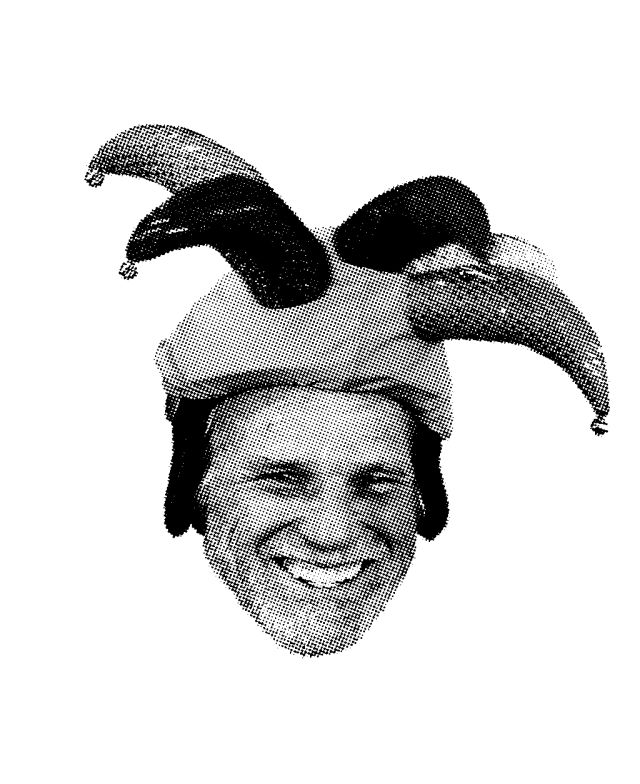
Age: 62
Originally from: Maryland
Moved to Summit: 1975
Favorite run: Go Devil at Keystone
Annual ski days: 20
Après: Snake River Saloon, Keystone
Eliott Robertson didn’t grow up skiing, but he got a taste of the good life while living in Killington, Vermont, after college. “I realized it’s hard to make a decent living in a ski town,” he says. “I needed a good job to live in the mountains.” In 1975, he moved to Colorado to work on the Johnson Tunnel at night and spend his days skiing Keystone and A-Basin. Like a fish on a lure, he was hooked. The VI opened for business a year later.
“I used to ski upward of a hundred days a year,” Robertson says. “It’s just harder now to get out. There’s not as much powder left as there used to be.” To make it easier on his knees, he sticks mostly to groomers, which allow him to go as fast as he likes. “I would prefer to be the king of the blue, because I’m not the king of the black,” he laughs. “I know too many good skiers to pretend like I know how to ski well.”
"SAINT"
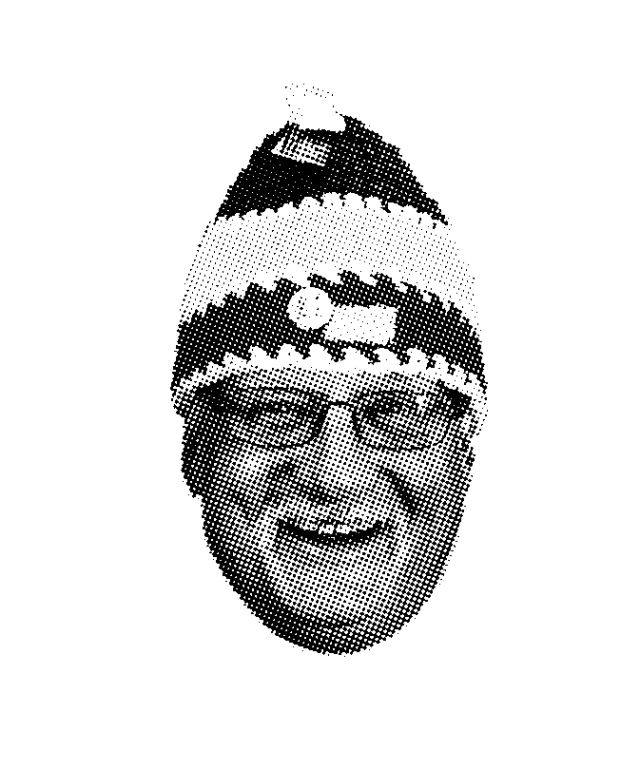
Age: 64
Originally from: Wyoming
Moved to Summit: 1974
Favorite run: Spring Dipper at Keystone
Annual ski days: 0
Après: Moose Jaw, Frisco
A native of Casper, Wyoming, Robert St. John became a Colorado boy when he was 9. He learned to ski at Winter Park, riding the iconic Ski Train to and from the mountains every weekend. He graduated from Cherry Creek High School, attended the University of Colorado at Boulder, and eventually settled in Summit at 26.
Among his memories of yore, St. John recalls snowcats transporting kegs and locals up the mountain at Keystone to rowdy spring parties. Knee problems ended his ski career three years ago, but he still loves to be outside. “I snowshoe out my back door in Soda Creek every day,” he says. “I try to find where the elk are lying down in the snow.”
Often the life of a party, St. John enjoys a silver tequila and soda with a squeeze of lime, which lubricates his endless stock of jokes and stories. Asked to describe himself now, he says: “I’m just an old guy waiting to retire.”
"YOGI"
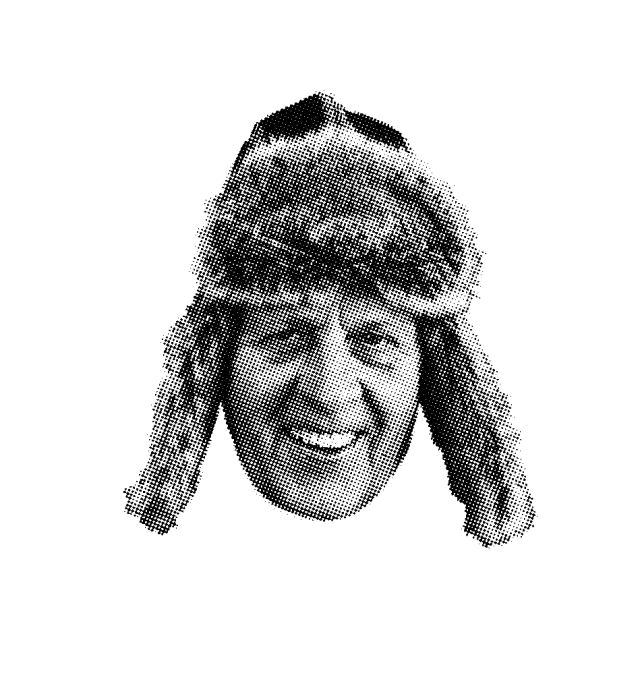
Age: 70
Originally from: North Vancouver, BC
Moved to Summit: 1974
Favorite run: Under the Super B lift at Copper
Annual ski days: 15–20
Après: Incline Bar and Grill, Copper Mountain
If you grew up ski racing in North America in the 1960s, you knew who Rod Hebron was. Son of the owner of Grouse Mountain outside Vancouver, “Rod” became “Yogi” at age 14. “I used to steal everybody’s food, like Yogi Bear,” he says.
By then, Hebron was already on his way to racing stardom. He made his first Canadian Olympic team at 17 (as an alternate) then competed in all three events—slalom, GS, and downhill—at the 1964 Innsbruck and 1968 Grenoble Winter Games. His best Olympic finish? “Not too good,” he says. “I crashed a lot.” (He won the slalom qualifying race in ’64 and ’68 but failed to finish either main event. He was twenty-seventh in downhill at Innsbruck.)
Hebron spent much of his life chasing winter on leather boots and 225-centimeter straight skis, until he found a slower pace in Summit County. After missing last season with a knee injury and skiing just one run the previous winter due to a bum Achilles tendon, he says he’s excited to return to his home on the slopes.

